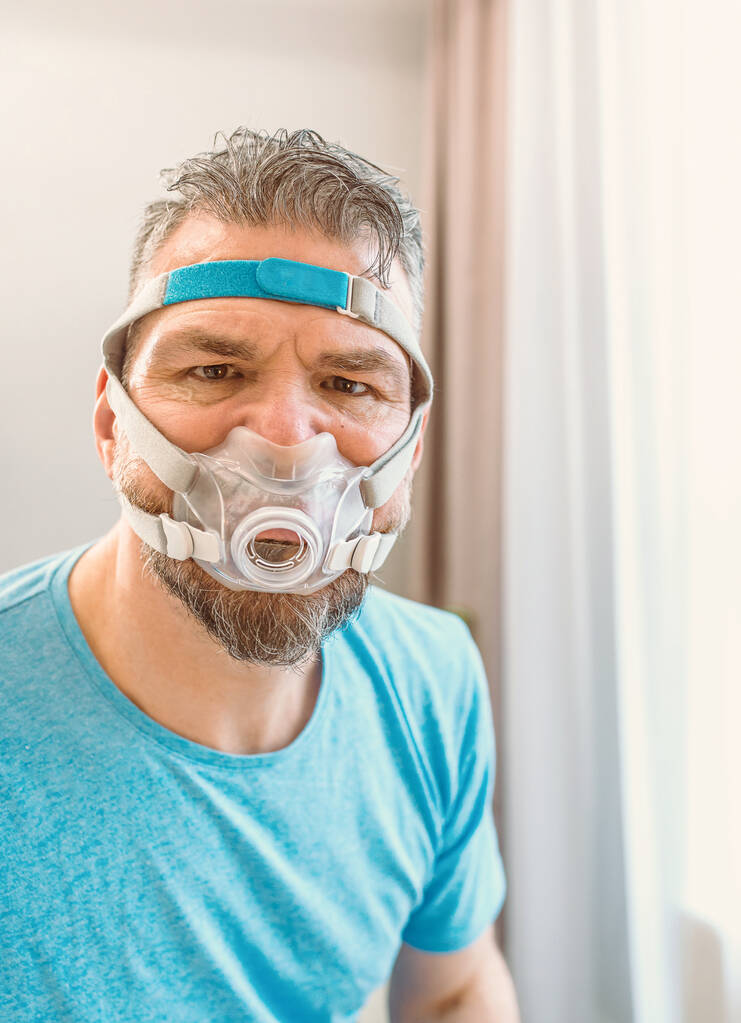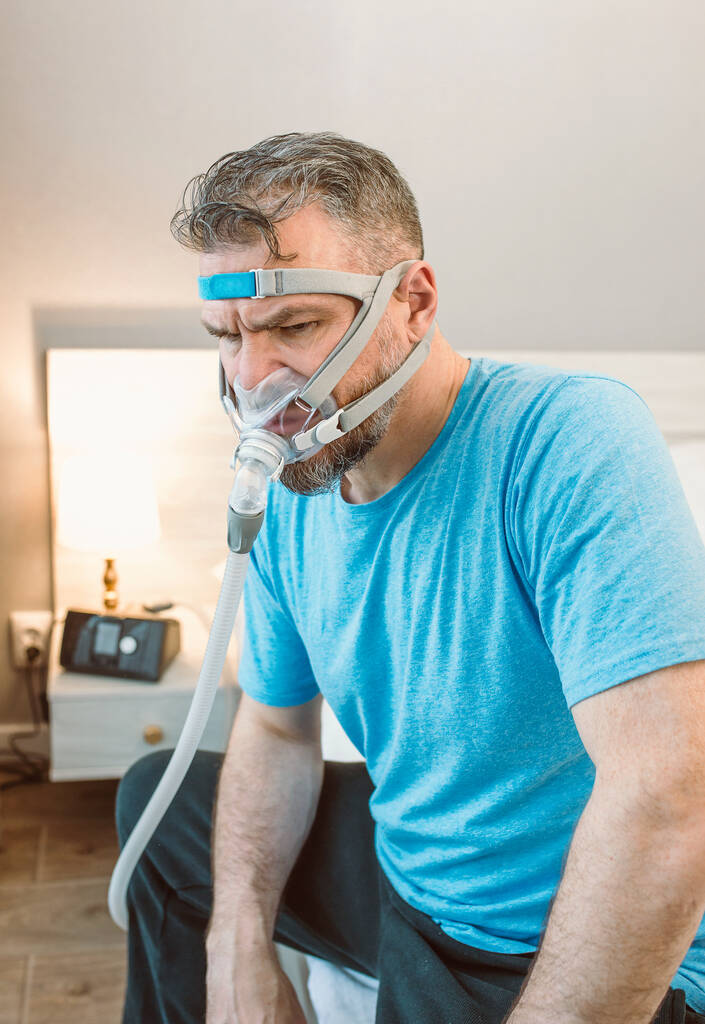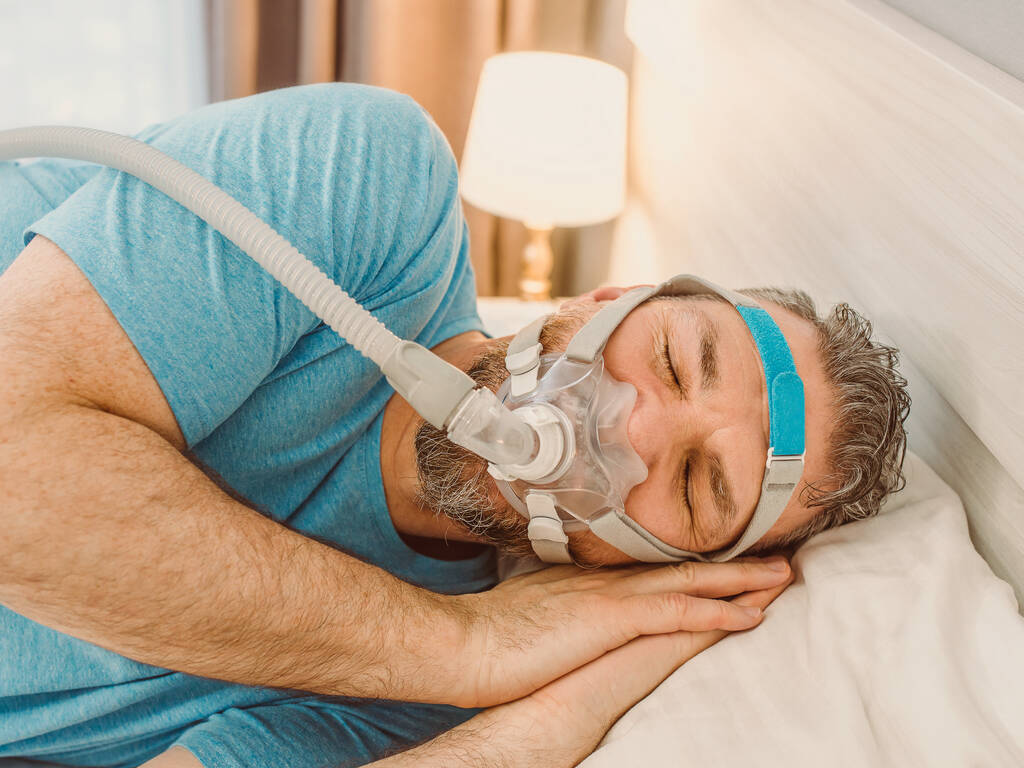Are you struggling with common issues while using a CPAP mask for your sleep apnea therapy? If so, you are not alone. Many individuals face challenges with their CPAP mask, which can hinder their compliance with the therapy. In this article, we will discuss some of the most common issues encountered with their CPAP mask and provide solutions to help you achieve better therapy compliance.
Introduction to CPAP Mask
CPAP masks are essential components of continuous positive airway pressure (CPAP) therapy, which is used to treat sleep apnea. These masks deliver a steady stream of air pressure to keep the airways open during sleep, preventing pauses in breathing and improving overall sleep quality. However, using CPAP masks can sometimes be challenging due to various issues that may arise.

Common Issues with CPAP Masks
Mask Leaks
One of the most common issues CPAP users face is mask leaks. Leaks can occur if the mask doesn’t fit properly or there’s an issue with the seal. To address this:
- Adjust the Fit: Ensure the mask is snug but not too tight. Over-tightening can cause discomfort and leaks. Use the adjustable straps to find the right balance.
- Check the Cushion: The cushion should form a seal against your face. If it’s worn out or dirty, replace it regularly.
- Choose the Right Size: Masks come in various sizes. Make sure you have the correct size for your face. Many suppliers offer fitting guides to help with this.
Skin Irritation
Skin irritation is another common problem, especially for those with sensitive skin. To alleviate this:
- Clean the CPAP Mask Regularly: Cleaning the mask daily with mild soap and water can prevent bacteria buildup that causes irritation.
- Use Mask Liners: Mask liners act as a barrier between your skin and the mask, reducing friction and irritation.
- Try Different Materials: Some masks are made from materials that are less likely to cause irritation, such as gel or cloth masks.
Discomfort and Pressure Marks

Discomfort and pressure marks can discourage CPAP users from wearing their masks. To minimize these issues:
- Adjust the Straps: Loosen the straps if they’re causing marks or discomfort. The mask should sit comfortably without pressing too hard against the skin.
- Try Different Mask Types: Full-face masks, nasal masks, and nasal pillows offer different fits and pressure points. You can shop CPAP supplies online in Canada so it’s worth trying different types to find the best for you.
- Use Padding: Soft padding or covers for the straps can alleviate pressure and prevent marks.
Dryness and Congestion
CPAP therapy can sometimes lead to dryness and congestion in the nasal passages and mouth. To combat this:
- Use a Humidifier: Many CPAP machines come with a built-in humidifier or offer one as an add-on. Humidification adds moisture to the air, preventing dryness.
- Nasal Saline Spray: A saline spray before bedtime can keep the nasal passages moist and reduce congestion.
- Adjust the Temperature: Warmer air can help prevent dryness. Adjust the humidifier’s temperature settings if available.
Claustrophobia
Some users feel claustrophobic when wearing a CPAP mask, making it difficult to comply with therapy. To ease this:
- Gradual Desensitization: Start by wearing the mask for short periods while you’re awake to get used to the feeling. Gradually increase the duration as you become more comfortable.
- Practice Relaxation Techniques: Techniques such as deep breathing or visualization can help reduce feelings of claustrophobia.
- Consider Mask Alternatives: Nasal pillows or masks with minimal contact points can feel less restrictive than full-face masks.
Noise Issues
Noise from the CPAP machine or CPAP mask can disturb sleep for both the user and their partner. To reduce noise:
- Check for Leaks: Leaks can cause whistling or other noises. Ensure the mask fits properly and the cushion is intact.
- Place the Machine on a Stable Surface: A stable, vibration-free surface can minimize noise. Some users place the machine on a mat to dampen the sound.
- Use a Hose Cover: Insulated hose covers can reduce noise from the airflow and prevent condensation buildup.
Conclusion

Overcoming common CPAP mask issues is essential for maintaining therapy compliance and achieving optimal treatment outcomes for sleep apnea. By addressing mask leaks, skin irritation, discomfort, dryness, claustrophobia, and noise issues, users can improve their CPAP experience.
If problems persist, consulting with a healthcare provider or a CPAP specialist can provide additional solutions tailored to individual needs. With the right adjustments and support, CPAP therapy can become a comfortable and effective part of managing sleep apnea.
